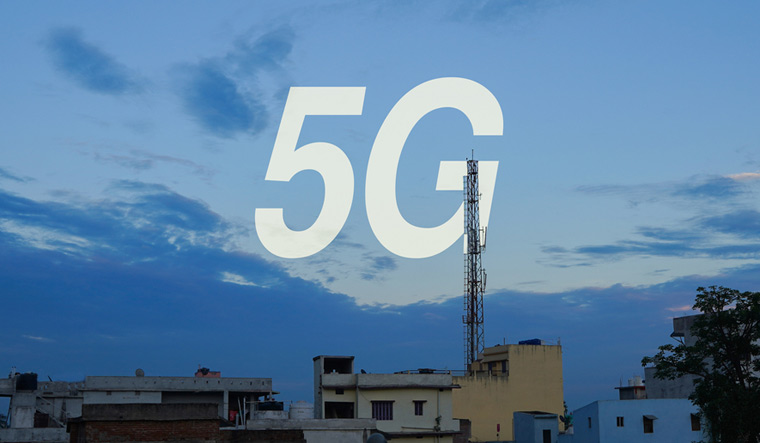On a recent trip to Sikkim, Sunil David noticed something strange. His data connection fluctuated wildly as he drove from Bagdogra airport, the entry point in West Bengal towards the rest of the North East towards Sikkim.
“I observed 5G coverage only in certain pockets,” recalled David, who is the co-chair, Digital Communications working group, IET Future Tech Panel. "It is true that 5G speeds are not consistent across the country and there is patchy coverage, especially in tier 2 and 3 cities,” he added.
As ‘nextgen’ 5G connectivity completes one year in India this month, the woes of consumers who bought into the promise of ‘lightning fast’ videos and downloads are far from finding a solution.
Going by numbers, India’s 5G roll-out has been quite a success — it is already estimated to be among the top ten 5G markets in the world, owing mostly to the sheer number of mobile users in the country. According to a recent report, India has 1.12 crore 5G subscribers across the two operators who provide 5G services — Reliance Jio and Bharti Airtel. As per last week’s Speedtest Global Index, India has surpassed developed countries like Japan and the UK to hit No.47 in the list of nations with top internet speeds. According to Ookla, India’s 5G median download speed is 316.25 Mbps.
But beyond the supposedly impressive numbers, the issue of 5G speed is a real worry, particularly when one moves from a major urban area, say Delhi or Bengaluru, towards a semi-rural area, for example.
The reason is the expensive nature of the network, which has made the operators prioritise high-density areas, like metro cities instead of smaller towns. “Once more base stations are added and the existing operators get more spectrum that is likely to be auctioned next year, we are likely to see coverage improve and speeds being higher and also more consistent,” said David.
“We still haven’t covered large swathe of users,” said Jasmeet Sethi, head of Ericsson ConsumerLab in India.
While the two operators are focussing on population-dense areas for putting up 5G first, the matter is also compounded by the fact that two other operators, the cash-strapped Vi (previously Vodafone-Idea) and govt-run BSNL is yet to even launch the service.
Initial months after the service was rolled out was clouded over by individual mobile users complaining of anything from data drain (data limits being reached faster) to phone battery drain to plain simple speeds often actually being lower than that of 4G. Some users complained that their 5G-ready phones were not working on the 5G network rolled out by Jio and Airtel, something the operators then had to format devices and work out.
The two 5G-functional operators have also not realised much revenue from this premium service, with a ‘who will bell the cat?’ hesitancy on charging a premium for the 5G option. They had hoped that business enterprises will take to 5G use cases in a big way, like using it massively for anything from logistics to healthcare, but India Inc has been lukewarm so far.
“Very few Indian enterprises are experimenting with 5G and are having 5G pilots underway,” said David. “This is still work in progress. For those Enterprises wanting to deploy private 5G, the overall cost of 5G hardware is still on the higher side and the capital expenditure spend initially is high.”
Mahindra uses 5G for software flashing of vehicles and for quality control at its plant in Chakan, Pune, but the company is more an exception than the rule. Operators, as well as network equipment providers like Ericsson are now pinning their hopes on newly rolled out options like fixed wireless access (FWA) for a change in attitudes.



